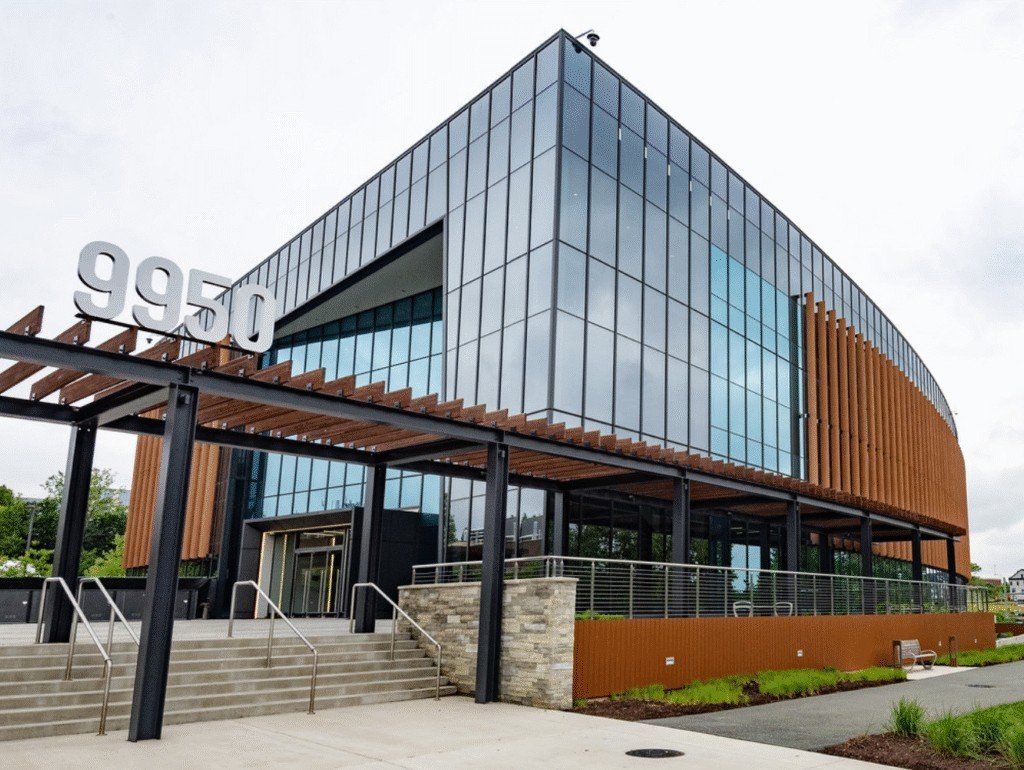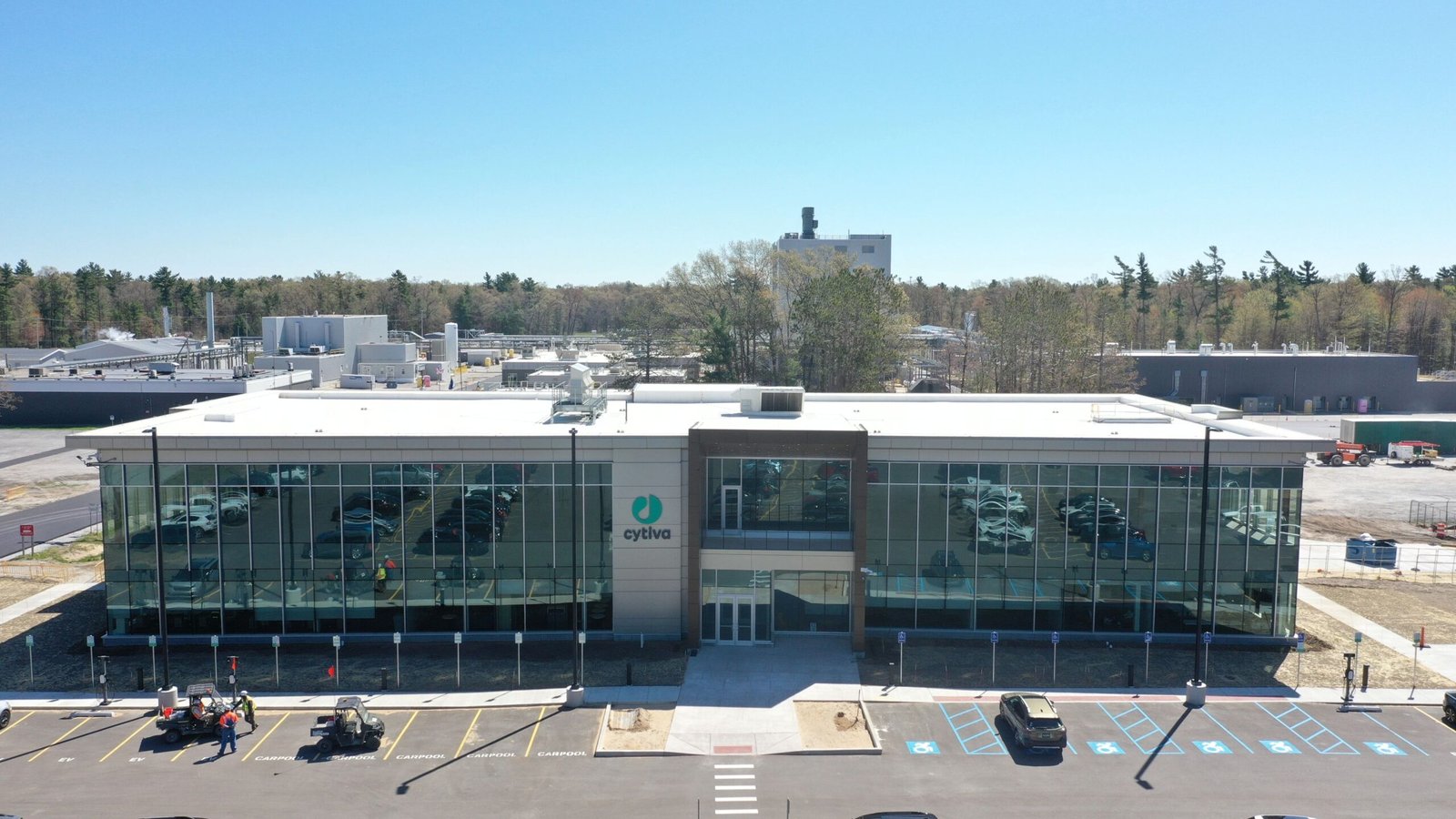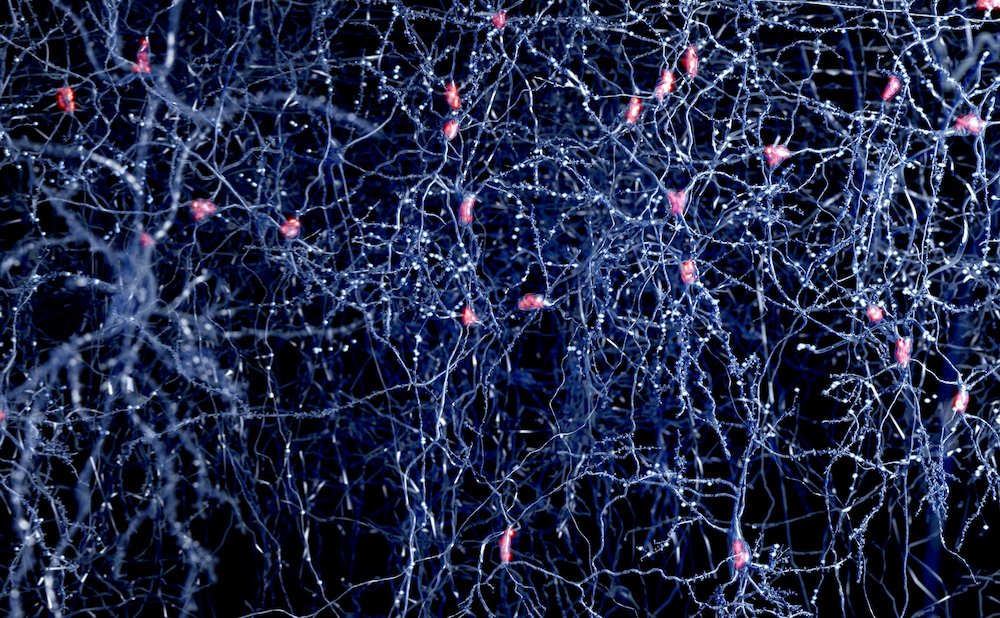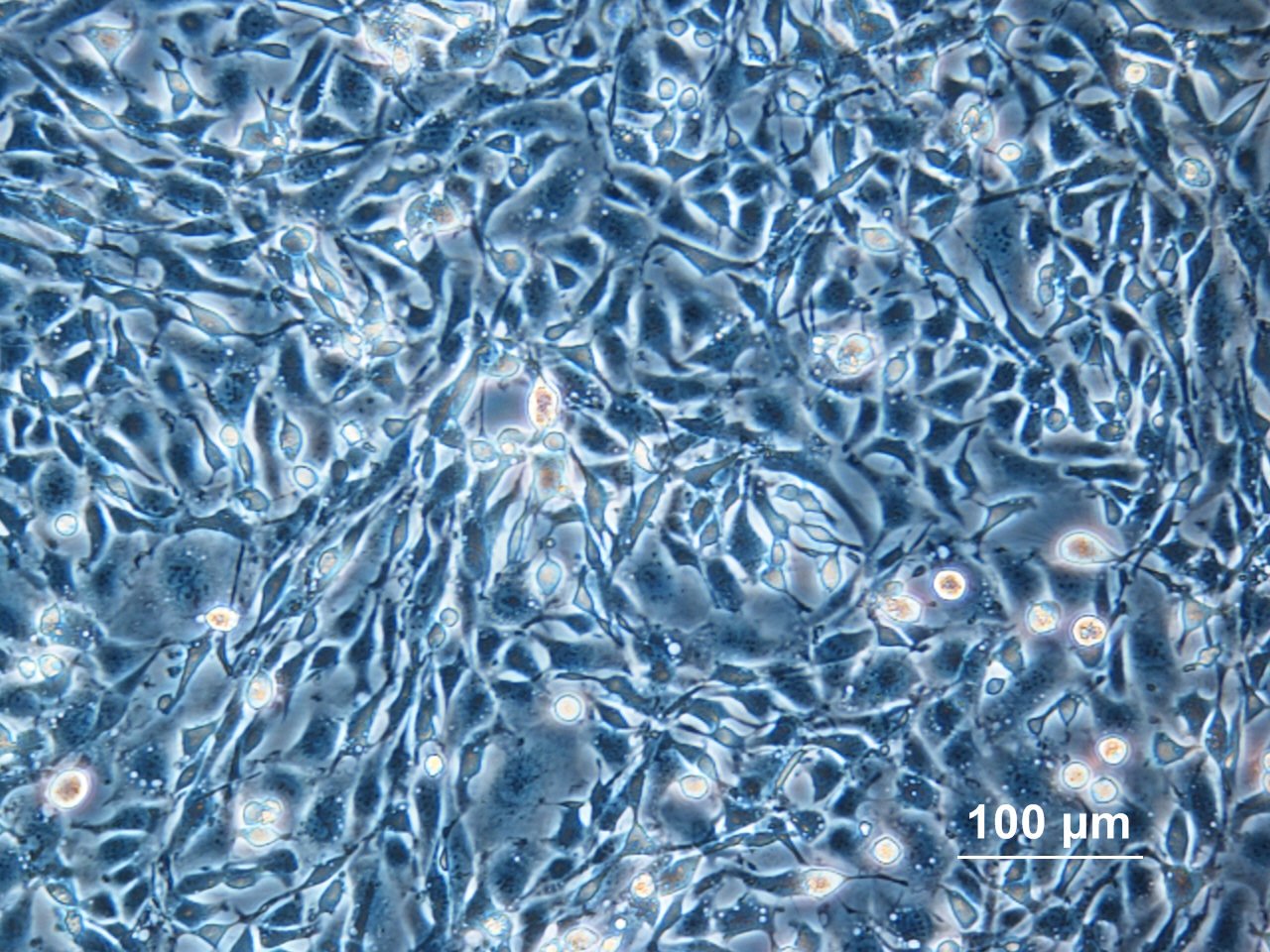AstraZeneca has increased its investment in U.S. operations more than 14-fold, committing $50 billion to a range of manufacturing and R&D projects planned over the next five years.
The cornerstone of AstraZeneca’s latest $50 billion commitment, on top of $3.5 billion announced last November, will be the largest-ever facility the company has ever built to date—a “multi-million-dollar” manufacturing facility to arise in an as-yet undetermined site in Virginia. The facility will specialize in producing small molecules, peptides, and oligonucleotides for AstraZeneca’s weight management and metabolic drug portfolio, including oral glucagon-like peptide 1 (GLP-1), baxdrostat, oral PCSK9, and combination small molecule products.
“Today’s announcement underpins our belief in America’s innovation in biopharmaceuticals and our commitment to the millions of patients who need our medicines in America and globally,” AstraZeneca CEO Pascal Soriot said in a statement.
Soriot also said the $50 billion commitment will help enable AstraZeneca to fulfill its goal of growing its revenue nearly 50%, to $80 billion, by 2030. The London-based pharma giant finished last year with $54.073 billion in total revenue, from which it earned $7.041 billion in profit after taxes—increases of 18% year-over-year in both revenue ($45.811 billion) and earnings ($5.961 billion).
AstraZeneca’s momentum accelerated further in the first quarter, which finished with the company reporting a 34% increase from Q1 2024 in after-tax profits to $2.921 billion from $2.180 billion. The company’s revenue, however, grew 10% year-over-year, to $13.588 billion from $12.679 billion.
The United States represents 42% of AstraZeneca’s total revenue—a percentage the company wants to raise to 50% by 2030: “This underscores the critical role the United States plays in our ability to deliver on our ambition to launch 20 new medicines by the end of the decade,” AstraZeneca said in its announcement.
Coup for commonwealth
AstraZeneca’s decision to locate its cornerstone U.S. manufacturing plant in Virginia is something of a coup for the commonwealth, which has long lagged behind two neighboring states, Maryland and North Carolina, in attracting large-scale biopharma facilities and their jobs.
“This project will set the standard for the latest technological advancements in pharmaceutical manufacturing, creating hundreds of highly skilled jobs and helping further strengthen the nation’s domestic supply chain,” Virginia Gov. Glenn Youngkin (R) stated. “Advanced manufacturing is at the heart of Virginia’s dynamic economy, so I am thrilled that AstraZeneca, one of the world’s leading pharmaceutical companies, plans to make its largest global manufacturing investment here in the Commonwealth.”
Recently, North Carolina basked in the announcement of Biogen’s $2 billion manufacturing expansion within Research Triangle Park. While North Carolina has its own ranking within GEN’s nationally-quoted annual A-List of Top 10 U.S. Biopharma Clusters, Virginia is part of the BioHealth Capital Region that includes Washington, DC, and Maryland.
Maryland benefits from two of the U.S. projects outlined by AstraZeneca in an announcement: An expansion of its existing R&D facility in Gaithersburg, MD, and the new $300 million cell therapy manufacturing facility in Rockville, MD, which opened in May.
Also announced as part of AstraZeneca’s $50 billion wave of U.S. projects are new and/or expanded facilities to arise in:
- Cambridge, MA—A new R&D center will be developed within the city’s Kendall Square section.
- Coppell, TX—The Dallas suburb will see the expansion of the company’s specialty manufacturing facility.
- Mount Vernon, IN—The county seat town of Posey County, located just west of Evansville, IN, will see the expansion of continuous manufacturing facilities.
- Tarzana, CA—The Los Angeles suburb will, like Rockville, MD, also see creation of a next-gen cell therapy manufacturing facility.
AstraZeneca also said its expanded U.S. investment includes new sites focused on supplying drugs for clinical trials, and increased R&D spending on new treatments.
AstraZeneca said the new projects are all projected to generate a combined “tens of thousands” of new jobs. If all the projects get built and fulfill employment projections, AstraZeneca could multiply its U.S. workforce, which now numbers more than 18,000 people across 19 R&D, manufacturing, and commercial sites.
The United States is AstraZeneca’s largest market, with activity that it says supports a total of 92,000 jobs nationwide and contributed $5 billion directly to the American economy last year.
While AstraZeneca is headquartered in London, a July 1 report in The Times of London attributed to unnamed sources has the pharma giant moving its stock listing from the London Stock Exchange to an American exchange, possibly Nasdaq. AstraZeneca has declined to comment on that report, which attributes the possible shift to unhappiness by Soriot with the pricing of medicines in the U.K.
$200B parade of projects
AstraZeneca joins a growing parade of drug and diagnostics developers that have announced more than $200 billion in new and renovated facilities in recent months. Primarily focused on manufacturing, some developers also work with R&D and other operations.
The largest of the biopharma commitments to U.S. manufacturing and R&D has been made by Johnson & Johnson, at $55 billion over four years. Other commitments have come from Roche ($50 billion over five years), Bristol Myers Squibb ($40 billion over five years), Eli Lilly ($27 billion, plus $23 billion spent since 2020), Novartis ($23 billion over five years), Regeneron Pharmaceuticals ($3 billion manufacturing supply agreement with Fujifilm Biotechnologies), Amgen ($1 billion second manufacturing plant in Holly Springs, NC, $900 million expansion in New Albany, OH), and Thermo Fisher Scientific ($2 billion over four years).
The announcements have trickled out in recent months as President Donald Trump’s administration has pressed the industry to make more of its products in the United States, in part by expressing a willingness to impose tariffs on pharma imports—a willingness Trump has restated in recent weeks, saying such levies could come as soon as August 1.
AstraZeneca signaled a willingness to align its corporate objectives with the policy objectives of Washington by including within its announcement a statement from U.S. Secretary of Commerce Howard Lutnick.
“For decades, Americans have been reliant on foreign supply of key pharmaceutical products. President Trump and our nation’s new tariff policies are focused on ending this structural weakness,” Lutnick stated. “We are proud that AstraZeneca has made the decision to bring substantial pharmaceutical production to our shores. This historic investment is bringing tens of thousands of jobs to the United States and will ensure medicine sold in our country is produced right here.”
The post AstraZeneca Commits $50B More to U.S. Manufacturing, R&D Projects appeared first on GEN – Genetic Engineering and Biotechnology News.




